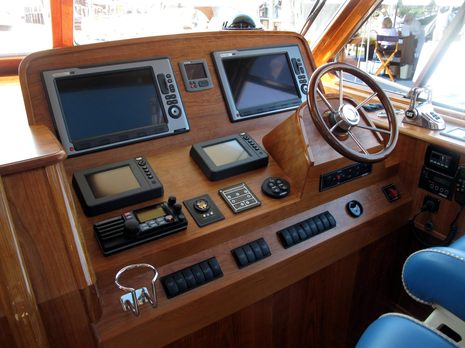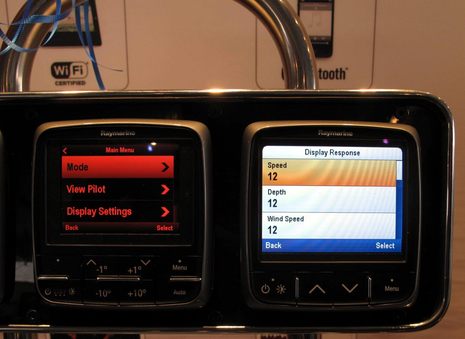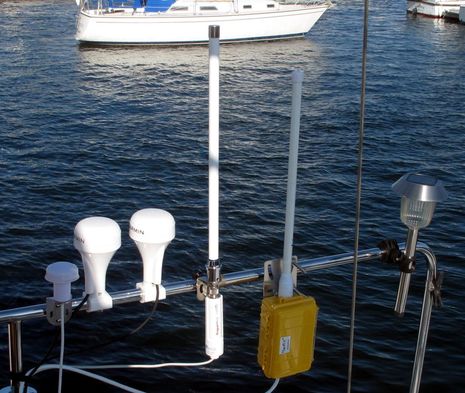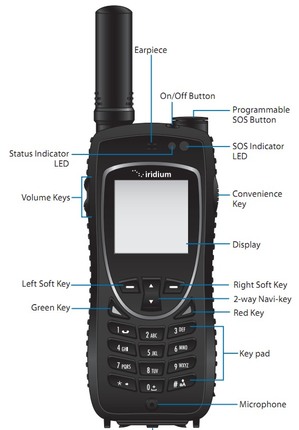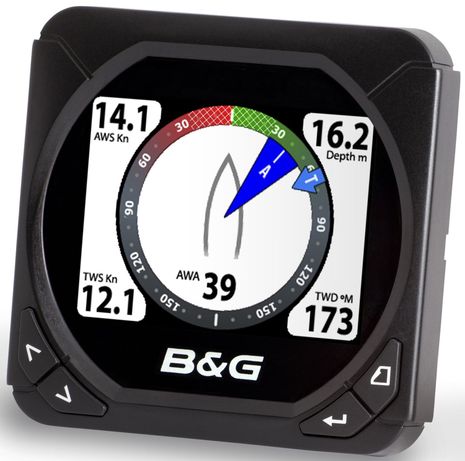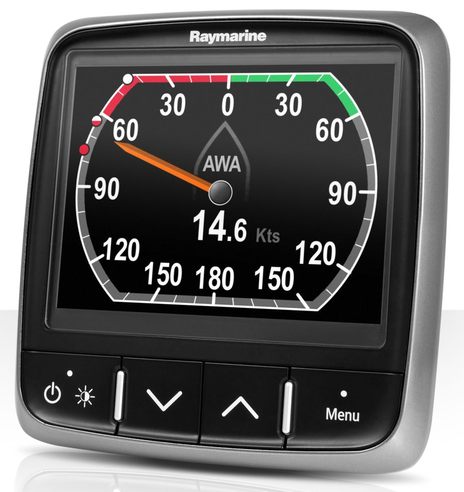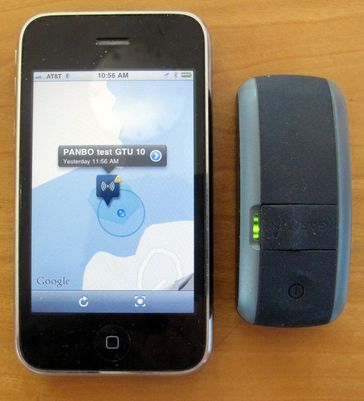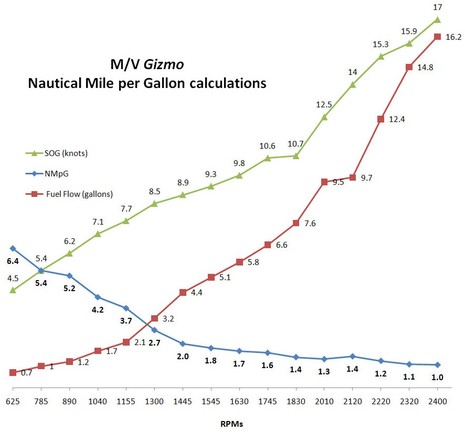NIBS #2, mostly big boat bits
That’s the helm of the Hinckley T55 with the wireless JetStick I discussed yesterday. It’s undeniably gorgeous but it’s also fairly terrifying to a guy like me who changes electronics frequently. I so believe in mounting as many electronics as possible in panels that are easily replaced. And I’m really not all that odd; electronics get updated a lot these days. Heck, that ST70 on center is already being replaced with the i70 which would way better compliment those twin E-Wides, but the simple hole-saw i70 cutout is quite different than the ST70 hole. Here’s betting that it won’t be too long before sweat and money is expended chopping into that fine joiner work. Note, too, how many different little control systems are sprinkled around this helm, which is no fault of Hinckley, but rather an indication of how much further the marine electronics industry has to go toward truly integrated helms…



